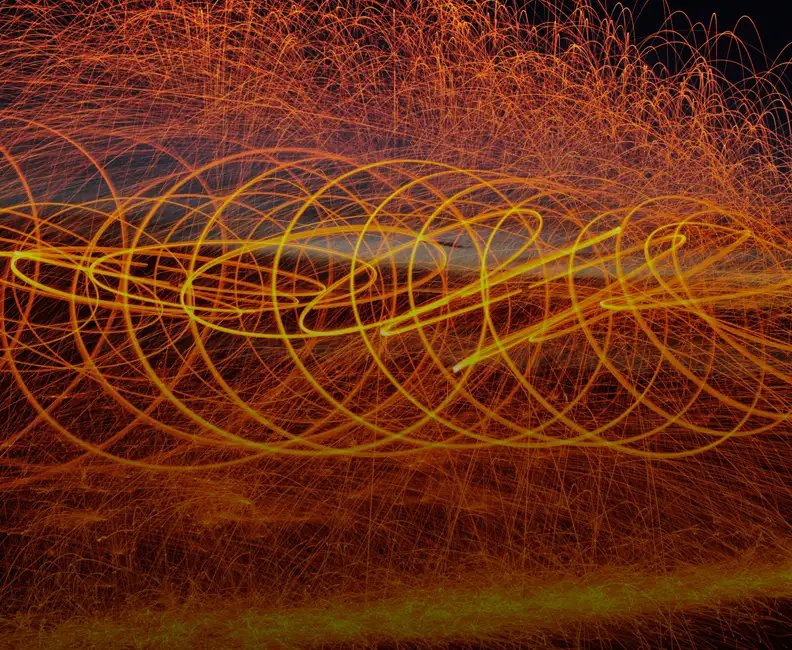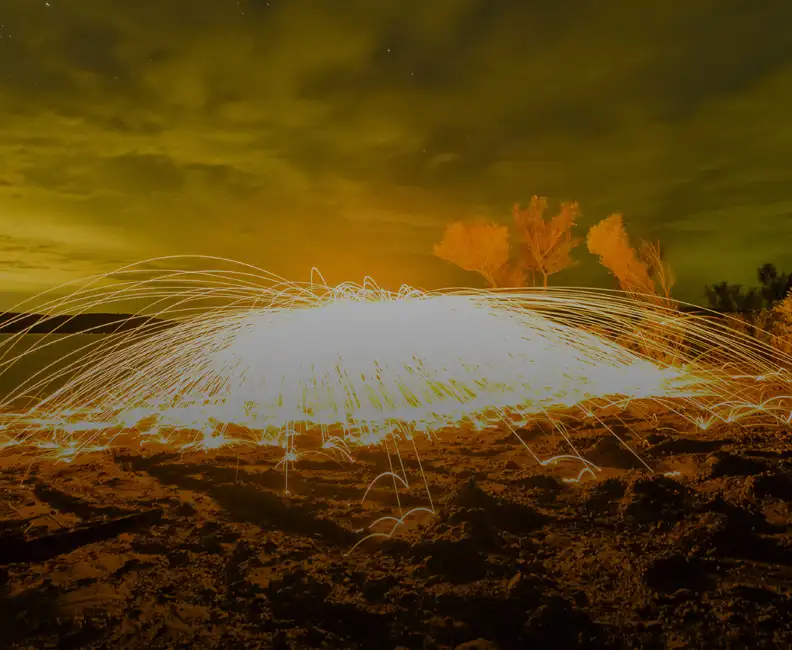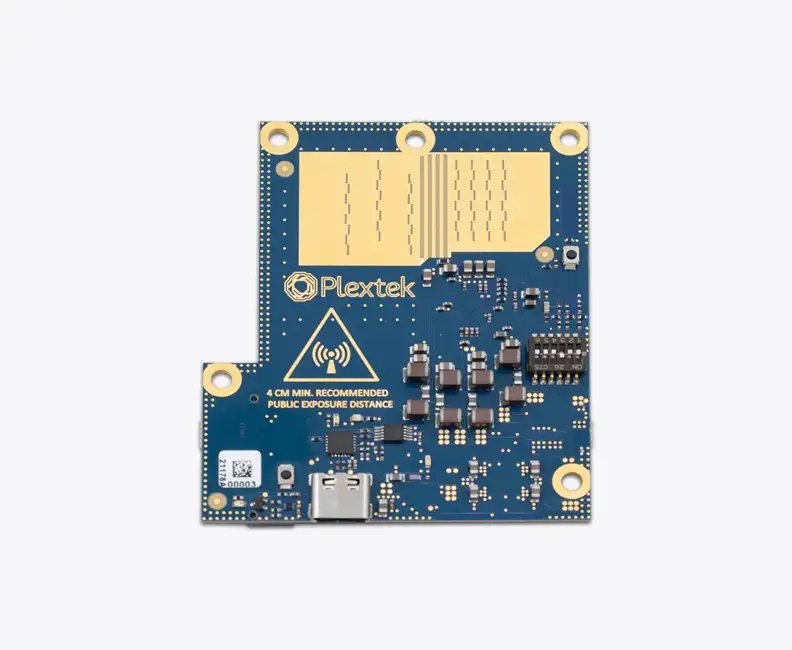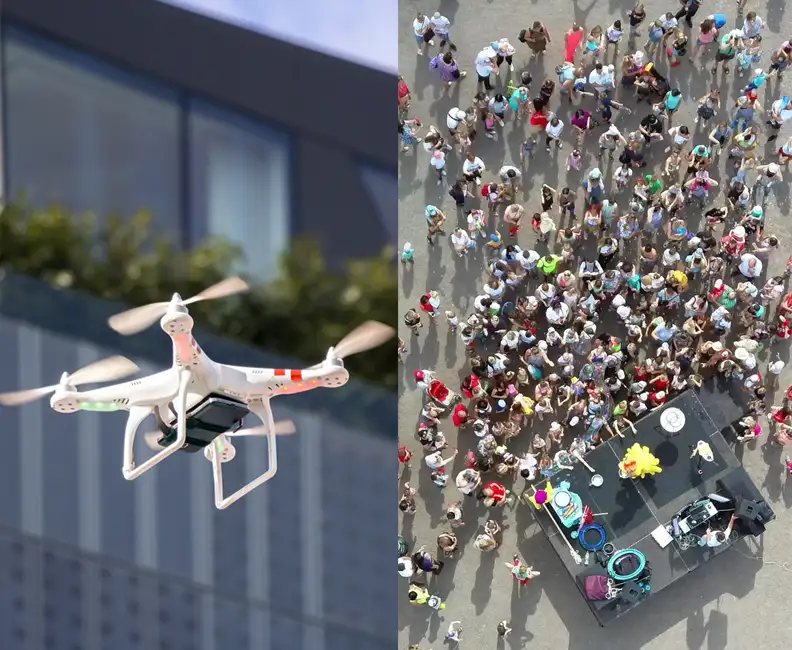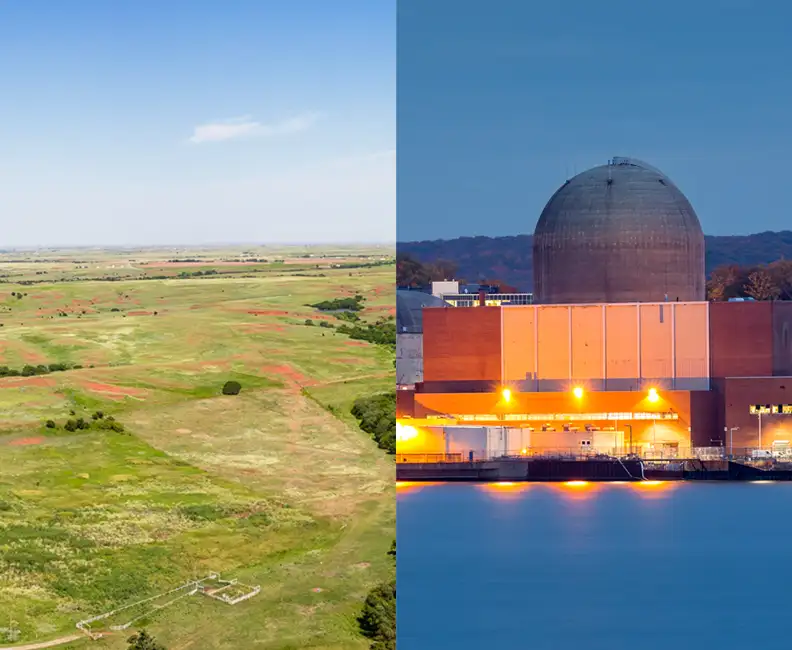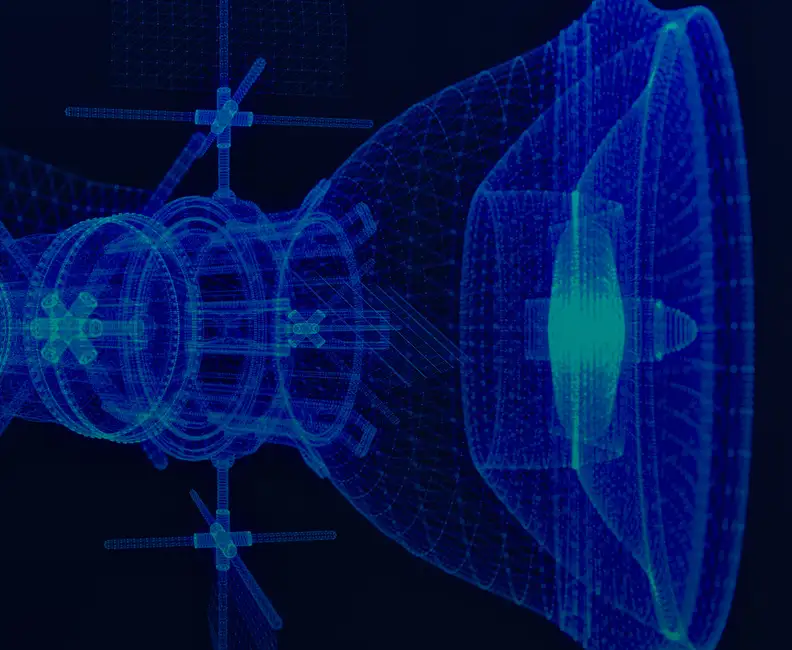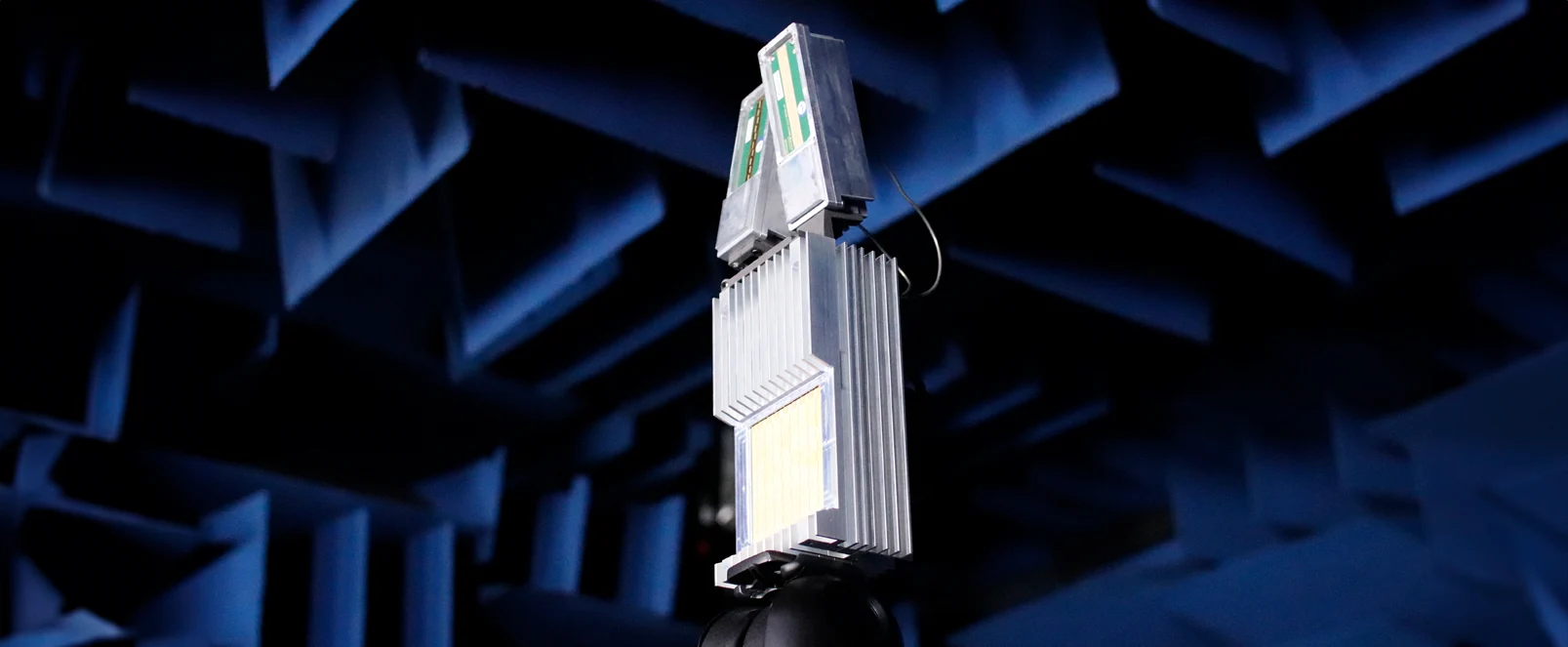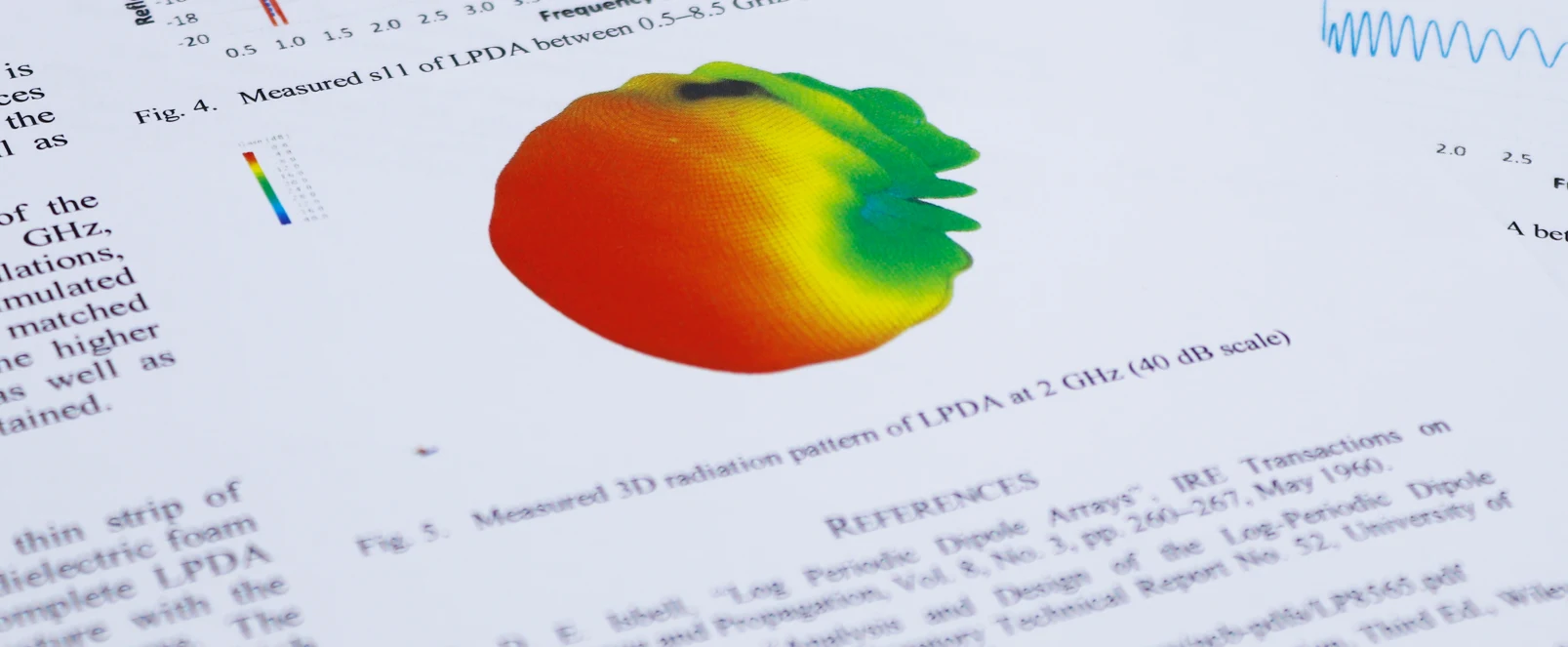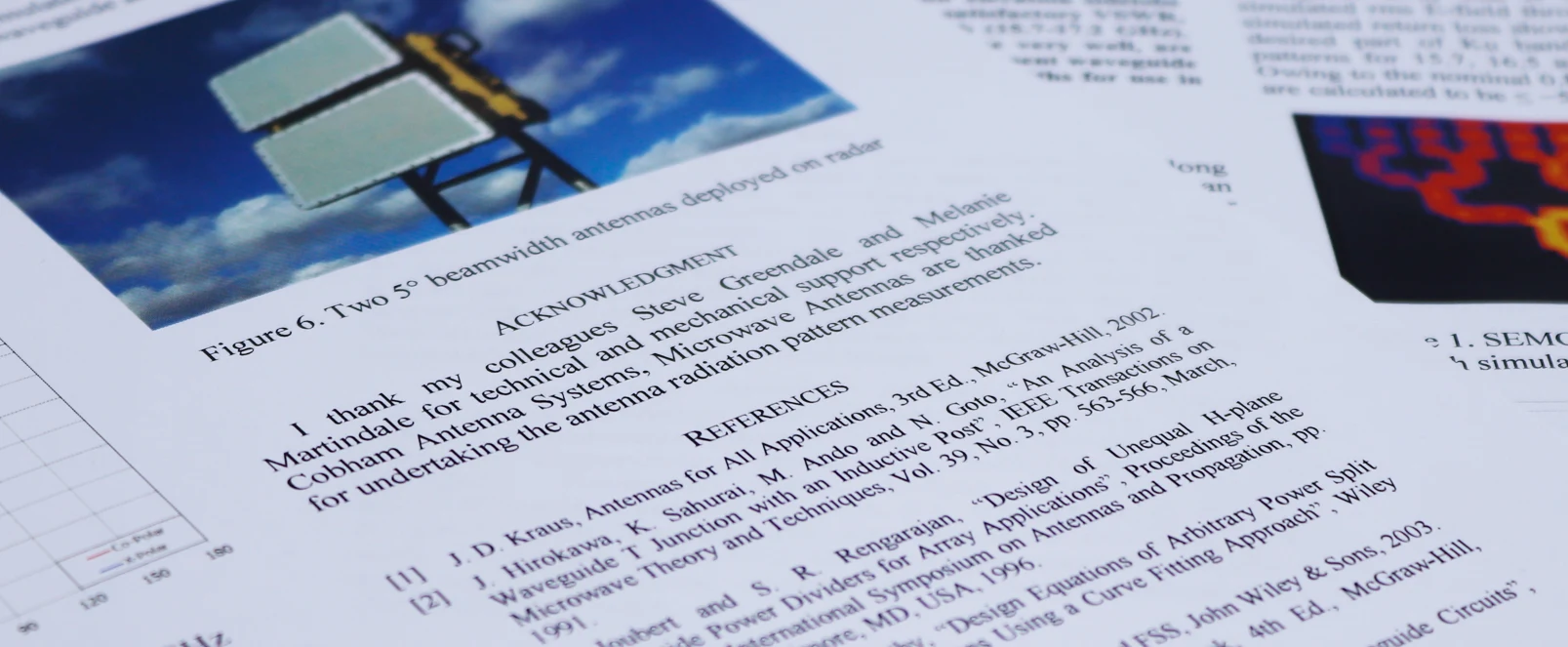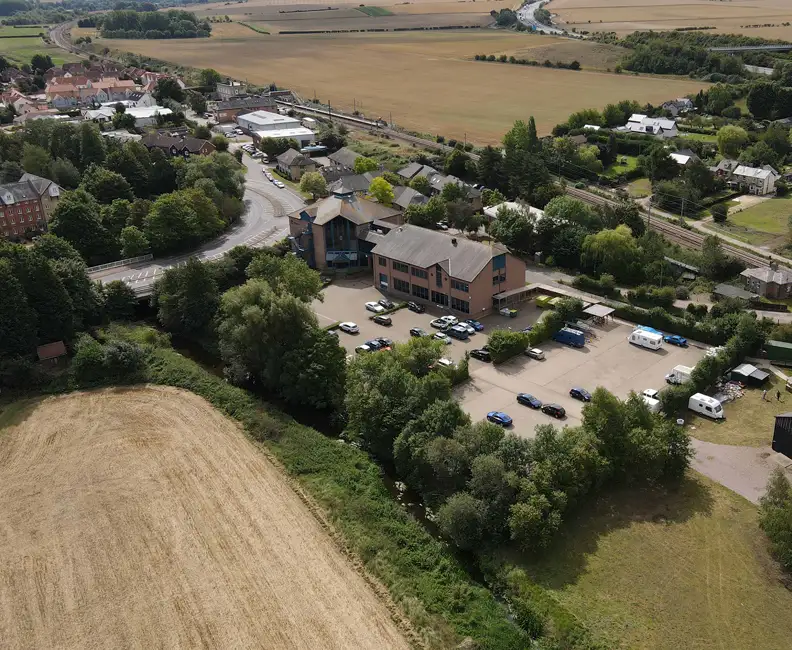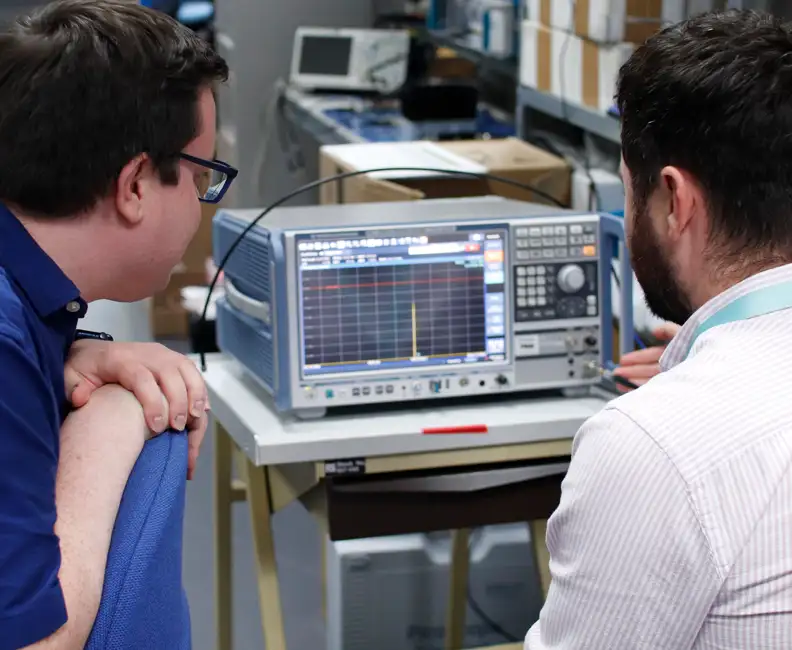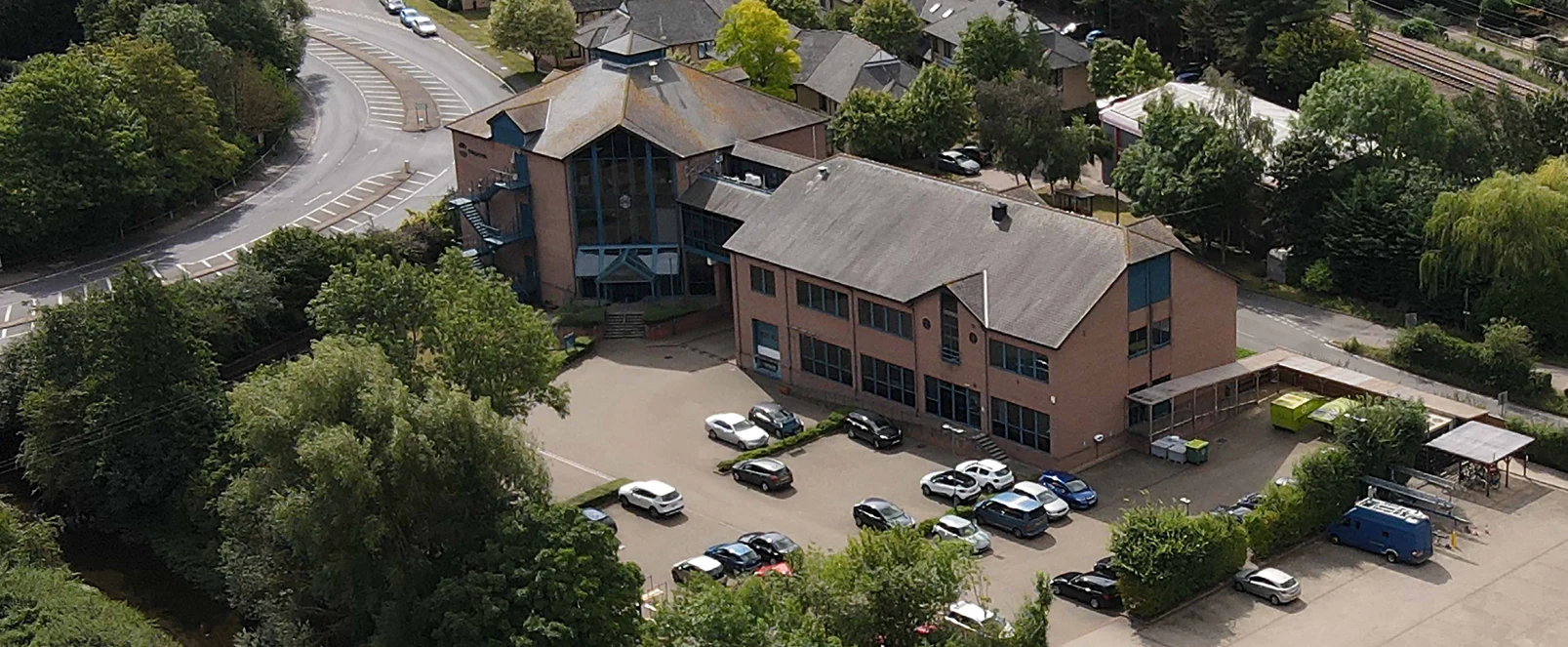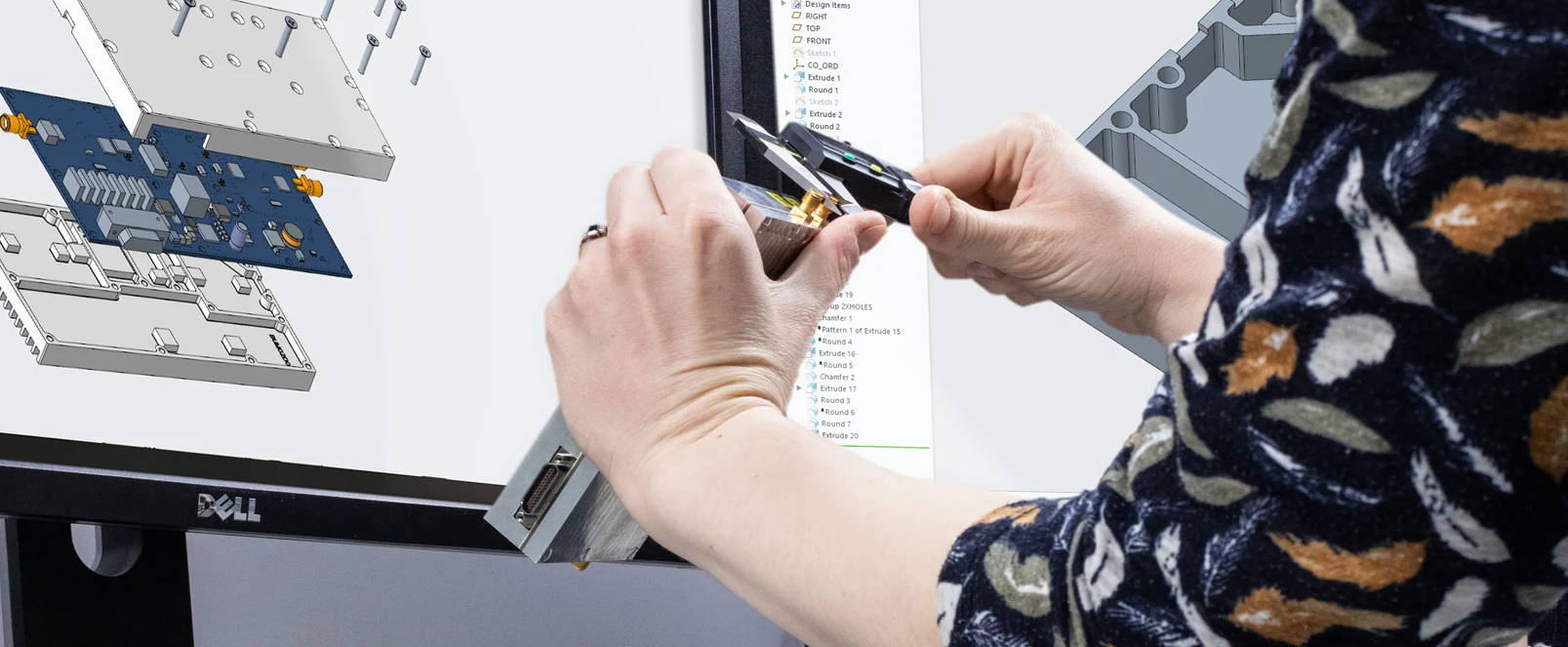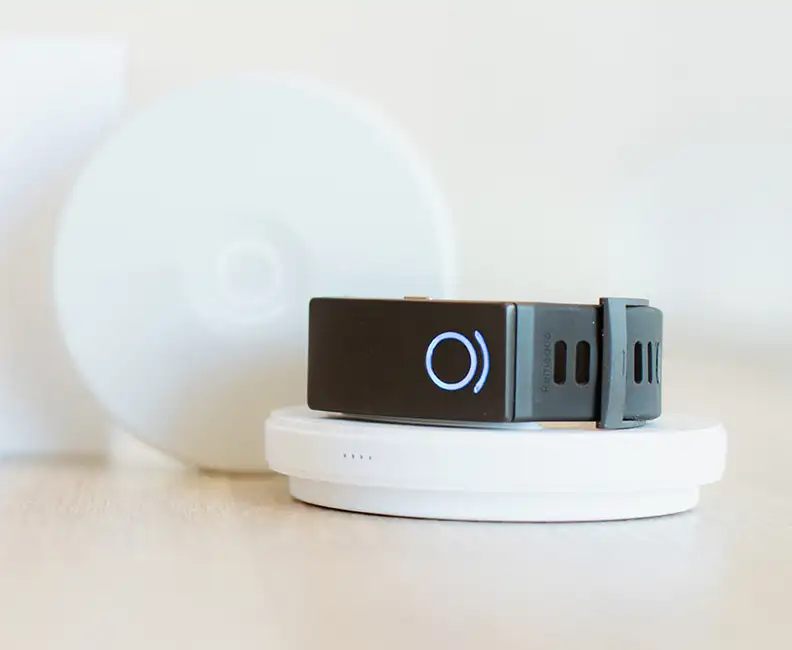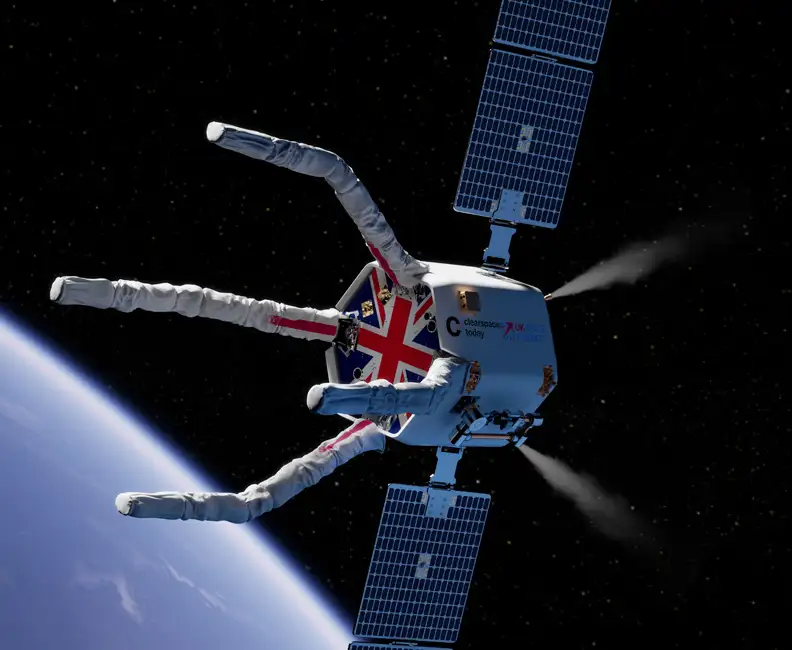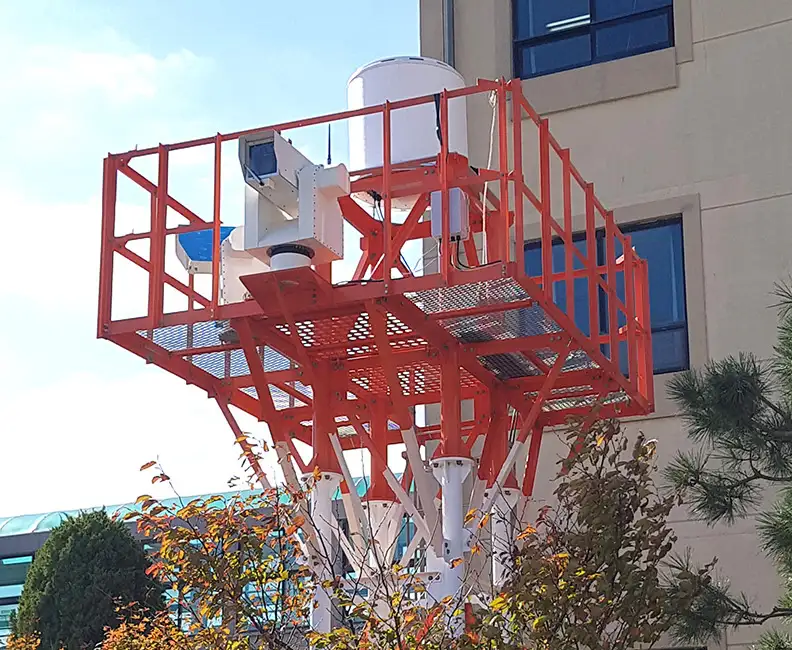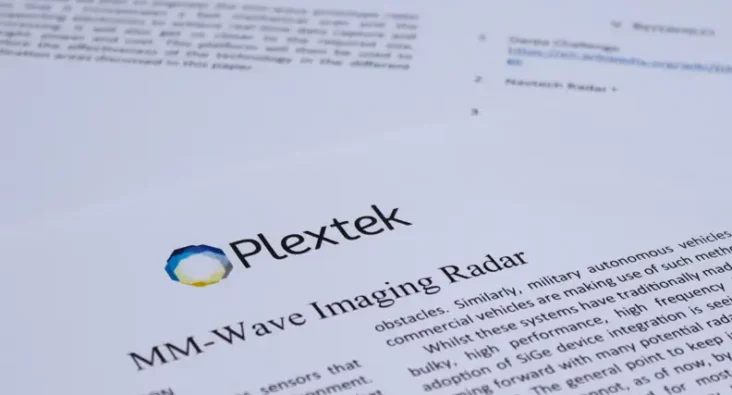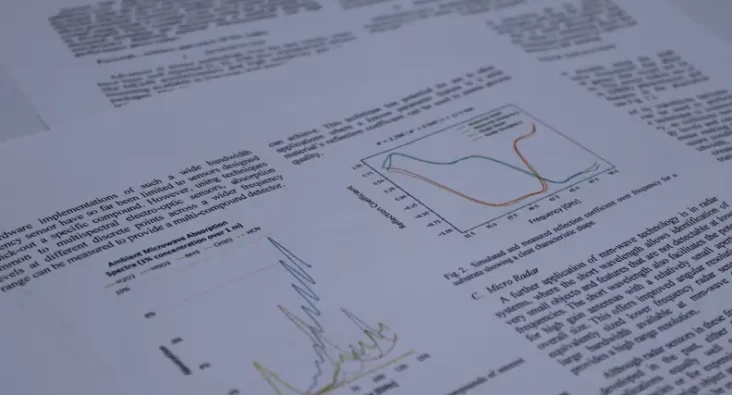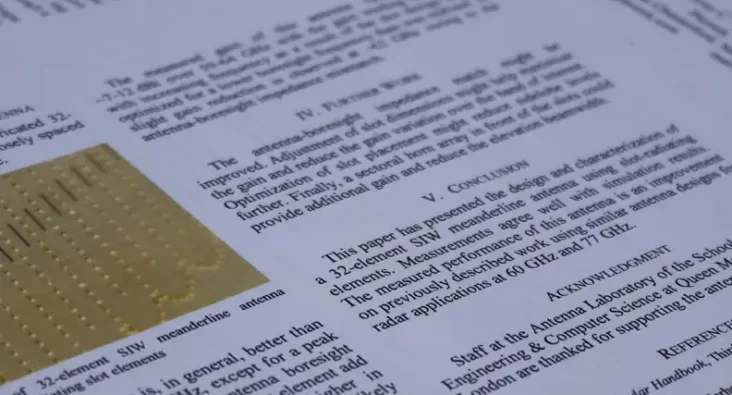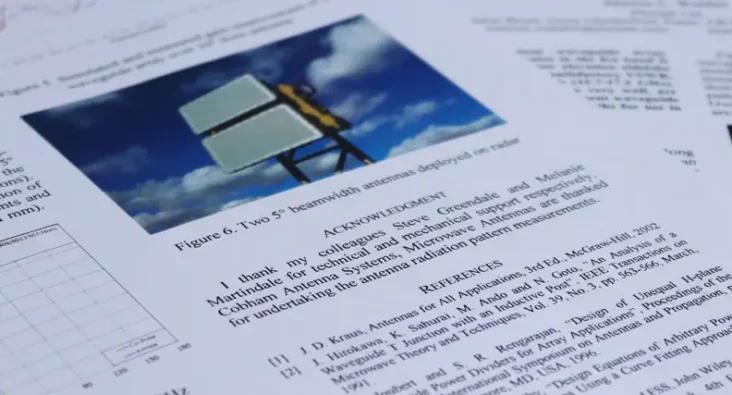
mmWave radar
A small, lightweight, low-power solution for greater accuracy and flexibility
With an antenna the size of a credit card, Plextek’s millimetre-wave (mmWave) radar opens up new possibilities for accurate sensing with minimal interference on the ground, in the air, and in space.
The precise motion detection offered by mmWave radar has a variety of uses in everything from autonomous vehicles, drones and robots to traffic monitoring, smart home applications and security systems.
What these applications all have in common is the need to measure distance, velocity, acceleration and/or angle – to avoid a collision, for example, or detect the presence of an intruder.
The unrivalled ability of mmWave radar to detect even the subtlest changes means it can also take healthcare vital signs monitoring to a new level – keeping a non-invasive check on factors such as breathing and heart rate.
- Bullet 1
- Bullet 2
- Bullet 3
Real-world challenges
Key skills
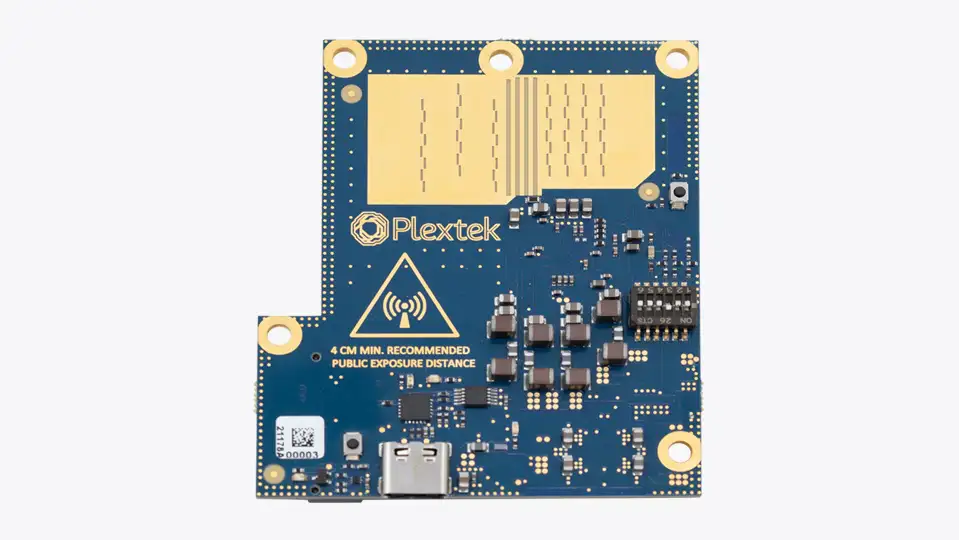
-
mmWave antenna design
Developing highly optimised V- and E-band radars (operating in the 60 and 80 GHz bands)
-
Radar algorithm development
Developing unique and highly capable algorithm suites to enable mmWave radar use in a wide variety of applications.
-
System test and evaluation
Understanding system-level trade-offs of system design, as well as developmental and operational testing of those systems.
What sets us apart when it comes to mmWave radar?
Many of the features Plextek employs are typical in the mmWave field but our open architecture allows customers to mix and match features to obtain the specific radar for their needs. Key enabling technologies available to customers include:
- Highly efficient substrate-integrated-waveguide antenna designs
- Broadband mmWave antenna designs
- Design for different MIMO antenna configuration
- Integration of mmWave power amplifiers and low-noise amplifiers
- Selection of low-SWaP, high compute options as well as ultra-low-SWaP, medium compute options
- Design for ultra-low power consumption mmWave radar sensors
Plextek uses a variety of standard and customised algorithms. The team enjoys developing and refining algorithms to match the cutting-edge capabilities enabled by the hardware. Capabilities of the radar include:
- Imaging
- Doppler and micro-Doppler processing
- Multiple angle processing options
- MIMO
- Digital beamforming
- Adaptive beam pattern and null steering
- Over 75 dB of clutter rejection
- Range-Doppler map and point cloud processing
- Very wide bandwidth (up to 12 GHz) to enable imaging as well as simultaneous operation of multiple radars

